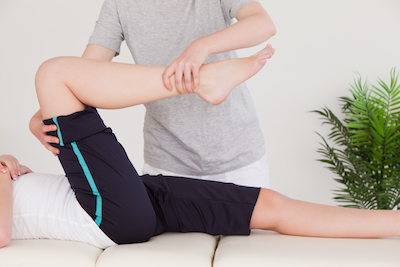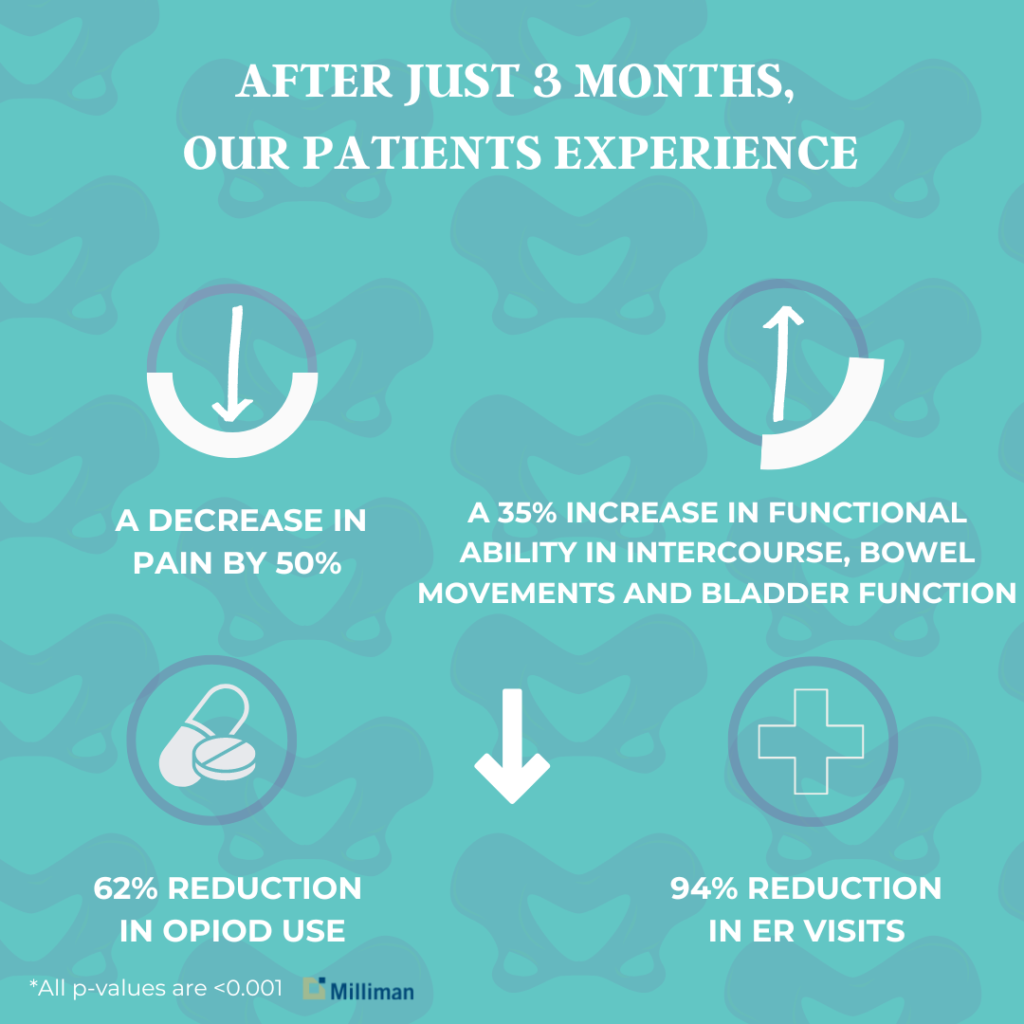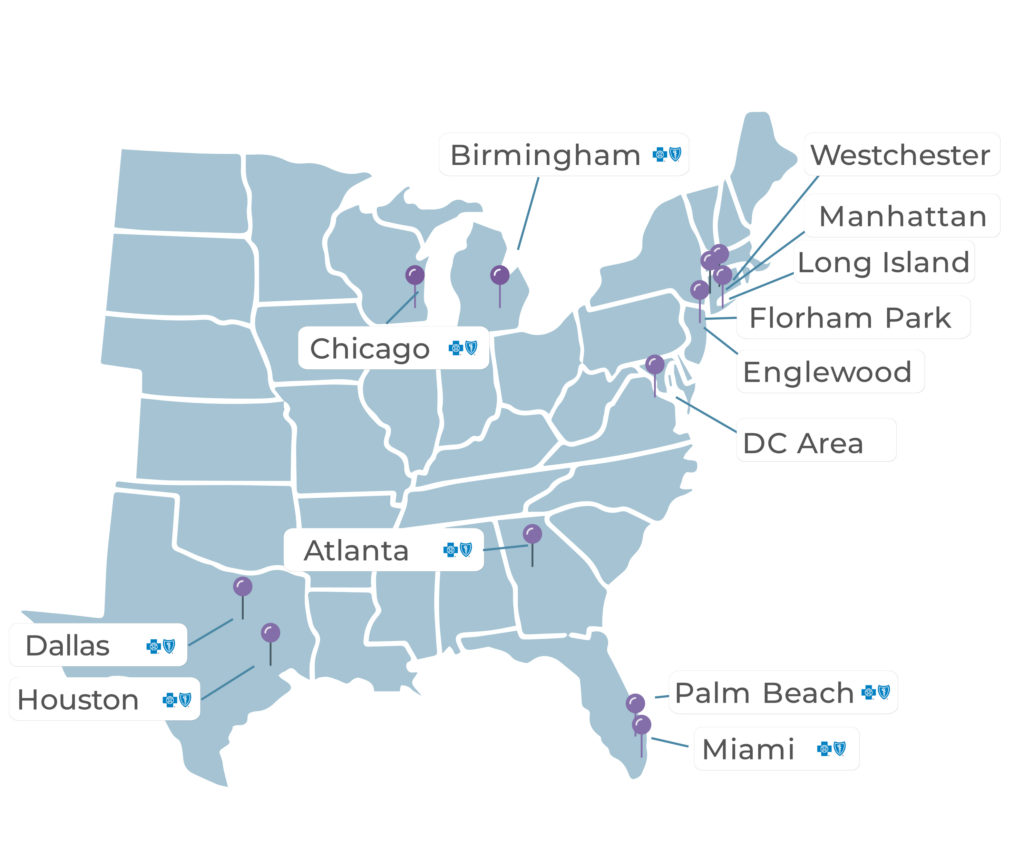At Pelvic Rehabilitation Medicine, we believe that treating pelvic pain takes a whole-body approach. Persistent pelvic pain affects the muscles and nerves of the pelvis.
At PRM, we are experts in evaluating and treating the muscles and nerves of the pelvis. We are on the ‘front lines’ of the various causes of chronic pelvic pain. It’s important for patients to understand that persistent pain can cause the muscles of the pelvic floor, back, abdomen and hips to become hypertonic. In other words, the muscles respond to pain by becoming spastic. Pain that is chronic can lead to muscles that stay “stuck” in the shortened, contracted, and weakened position.
We believe patients deserve options when it comes to their treatment.
We are filling the gap in healthcare for pelvic pain patients.
We collaborate with Pelvic Floor Physical Therapy to provide ‘Managed Physical Therapy’ to help patients who may want to decrease surgery, hormones, or opioids to resolve their pelvic pain symptoms. We provide a functional, restorative approach to persistent pelvic pain that has proven to help decrease pain and restore function.
In short, we are non-operative pelvic pain experts with extensive experience in treating pelvic pain and pelvic floor dysfunction.
This allows us to:
- Provide a more accurate diagnosis and effective treatment
- Decrease pain and restore function
- Improve quality of life
A Multimodal Approach to Care Includes Physical Therapy
Pelvic joints include the pubic symphysis, sacroiliac joints, and hip joints. Pelvic floor dysfunction can occur when these joints are not working in harmony often causing tight and weak nearby muscles and nerves. Impairments of the sacroiliac joint, low back, coccyx and/or hip joint can contribute to pain and loss of function.
A multimodal approach to healing is preferred by our team. We refer to this as a combination of means of treatment – we believe it works best in treating chronic pain. This comprehensive treatment plan may include our pelvic nerve and muscle treatments, medications, lifestyle changes and physical therapy.
WHAT DO WE MEAN BY PELVIC REHABILITATION?
In short: we are not physical therapy.
We are pelvic pain specialists that offer a treatment approach that reaches the nerves to fire correctly, function normally, and stop causing you pain.
We work to reverse damage, reset the conditions of the pelvis, and retrain the nerves and muscles to work like they should.

Pelvic Floor Dysfunction and Physical Therapy
To effectively evaluate and treat pelvic floor dysfunction, our practice works with several prominent physical therapists in your community. As a national healthcare organization, we often say we are ‘quarterbacking the care’ of these experts. These physical therapists have advanced, specialized training that is essential to successfully resolve pelvic floor problems.
As your pelvic pain specialist, we take the unique approach of working directly with you and your physical therapist to ensure that your entire treatment approach is managed to your healing.
HOW CAN PELVIC FLOOR PHYSICAL THERAPY HELP WITH PELVIC PAIN?
Pelvic floor physical therapy plays a key role in calming and desensitizing the central nervous system. Therapists evaluate and treat dysfunction of the pelvic floor muscles using a range of techniques and modalities:
- Myofascial release – This technique applies sustained pressure to reduce restrictions on the connective tissue called “fascia” that surrounds, separates, and connects muscles, organs and other soft body structures. It can relieve pain, improve range of motion, relax muscles, and ease neurological dysfunction.
- Deep tissue massage – Using firm pressure and slow strokes to reach the deepest layers of muscle and fascia, this type of massage can break up scar tissue and physically undo muscle “knots” and painful, rigid tissue.
- Postural re-education – Therapists evaluate overall posture as well as body position when standing, walking, and sitting. They will assess whether body posture and movements are contributing to pelvic pain.
- Education for bowel and bladder issues – Many people don’t realize that the position we take when voiding our bladder or our bowel can have important impacts on our pelvic health. Training provided by a therapist often has unexpected benefits.
- Body empowerment training – Advanced physical therapy techniques can not only help heal the pelvic region, but they can also improve the way we feel about our bodies as a whole.
- Other physical therapy modalities that can aid pelvic health include – The internal and external mobilization of joints and soft tissue; sensory, motor and sympathetic and parasympathetic nerve re-training; muscle relaxation techniques; and a variety of strengthening exercises.
Would You Like to See a Specialist?
Call us at (646) 481-4998 or click to request a regular appointment.
Meet Pelvic Rehabilitation Medicine
At Pelvic Rehabilitation Medicine, we treat whole human beings, not symptoms. In the body, everything is connected; and the pelvic region is the vital center of the body’s connected functioning. Our physicians take an innovative approach, combining traditional medicine with holistic modalities and rehabilitative medicine.... Learn More »
By: Pelvic Rehabilitation Medicine
Reviewed By: Charity Hill, MD
Published: Dec 1st, 2021
Last Reviewed: Jun 23rd, 2023


